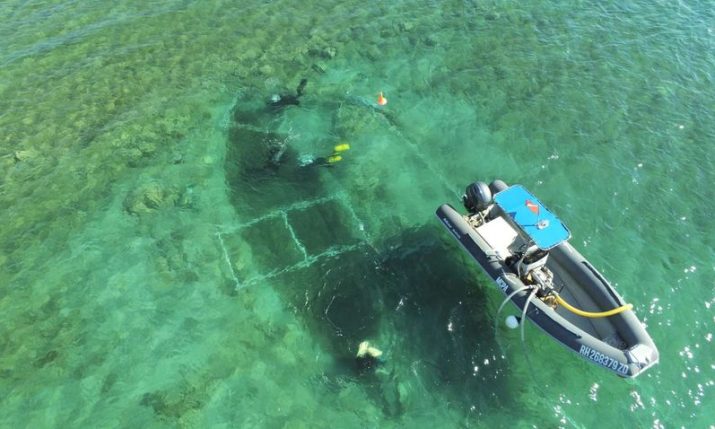by croatiaweek
September 28, 2025
in
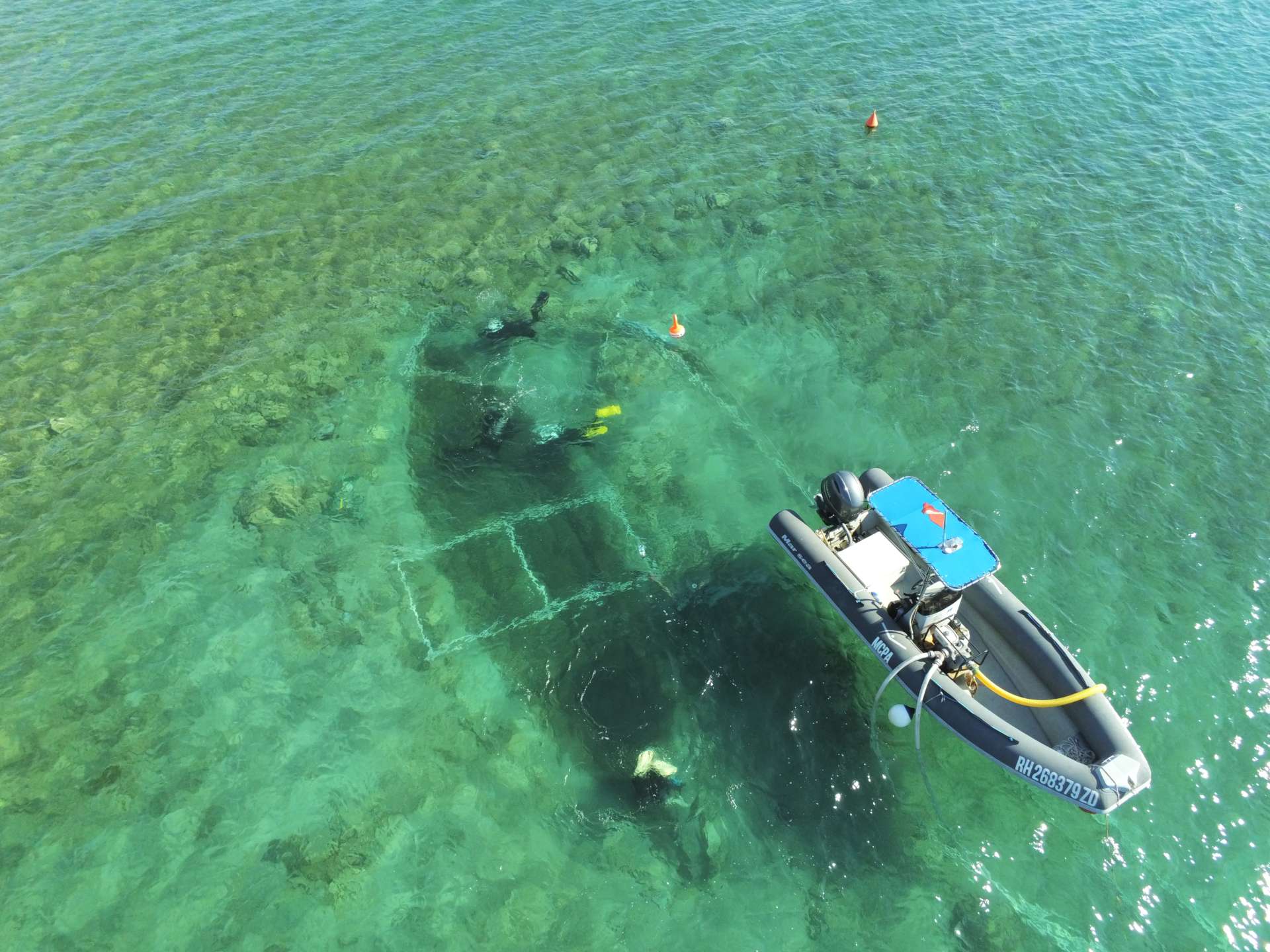
(Photo credit: R. Scholz/ International Centre for Underwater Archaeology in Zadar)
An exceptionally well-preserved Roman shipwreck, lying undisturbed for two millennia, has been fully uncovered in Barbir Bay, Sukošan.
The 12-metre-long vessel has rested on the seabed for around 2,000 years, with time leaving it almost untouched.
Archaeologists from the International Centre for Underwater Archaeology in Zadar first discovered the wreck four years ago while researching the ancient Roman harbour at Barbir.
“We came across a piece of timber with an iron nail, which suggested there might be something more significant nearby. The following year we expanded the search area and realised it was a Roman shipwreck. After four and a half years of research, this final season has allowed us to uncover the entire ship,” Mladen Pešić, director of the International Centre for Underwater Archaeology in Zadar, told HRT.
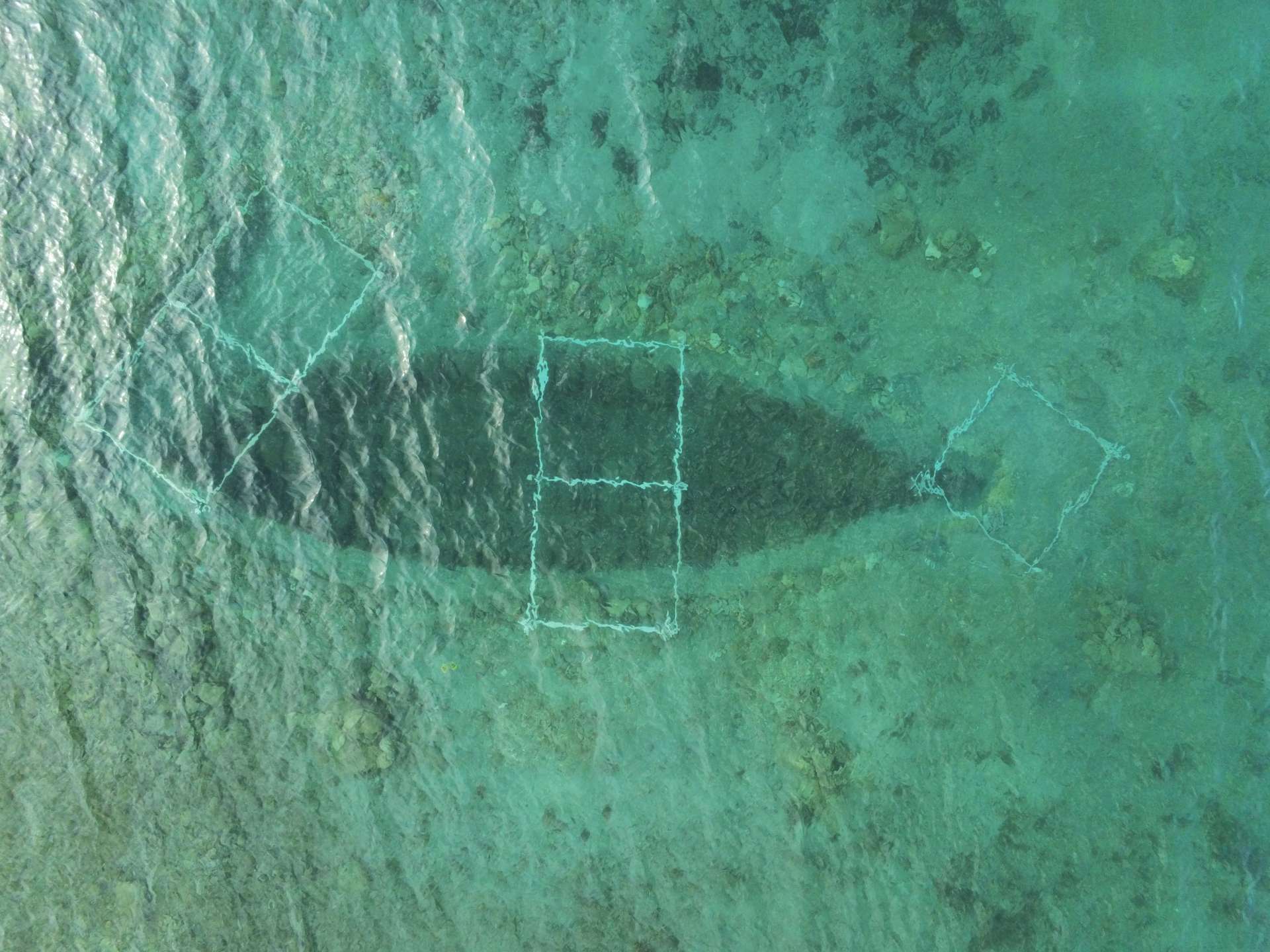
(Photo credit: R. Scholz/ International Centre for Underwater Archaeology in Zadar)
The wreck, dated to the 1st–2nd century AD, was remarkably well preserved and measured around 12.5 metres in length.
It even includes rare elements of the vessel’s upper works, a unique feature in studies of ancient shipbuilding.
Excavations also revealed hundreds of olive pits on board, while remains of grapes, peaches, and walnut shells were found in the harbour area.
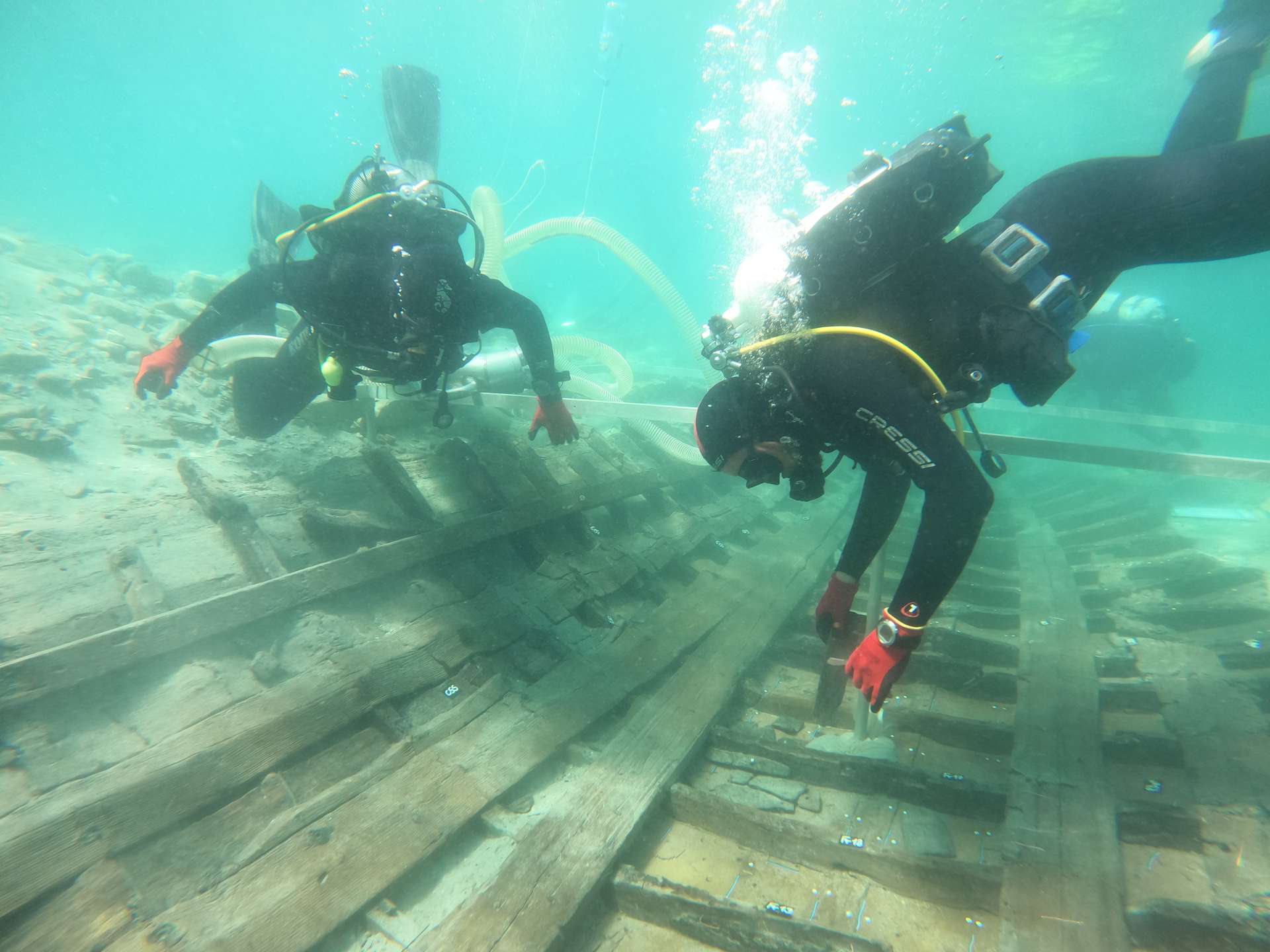
(Photo credit: R. Scholz/ International Centre for Underwater Archaeology in Zadar)
These finds suggest the ship was used to transport agricultural produce, most likely from a nearby estate.
“This is a very precise and stable type of ship construction, capable of carrying heavy loads and sailing medium to long distances. Such vessels were essential for life along our coast and islands two thousand years ago,” explained Anton Divić, owner of the Croatian underwater archaeology company NavArchos.
Divić also announced plans to create a 1:10 scale model of the ship, which will be exhibited at the Zadar Centre for Underwater Archaeology.
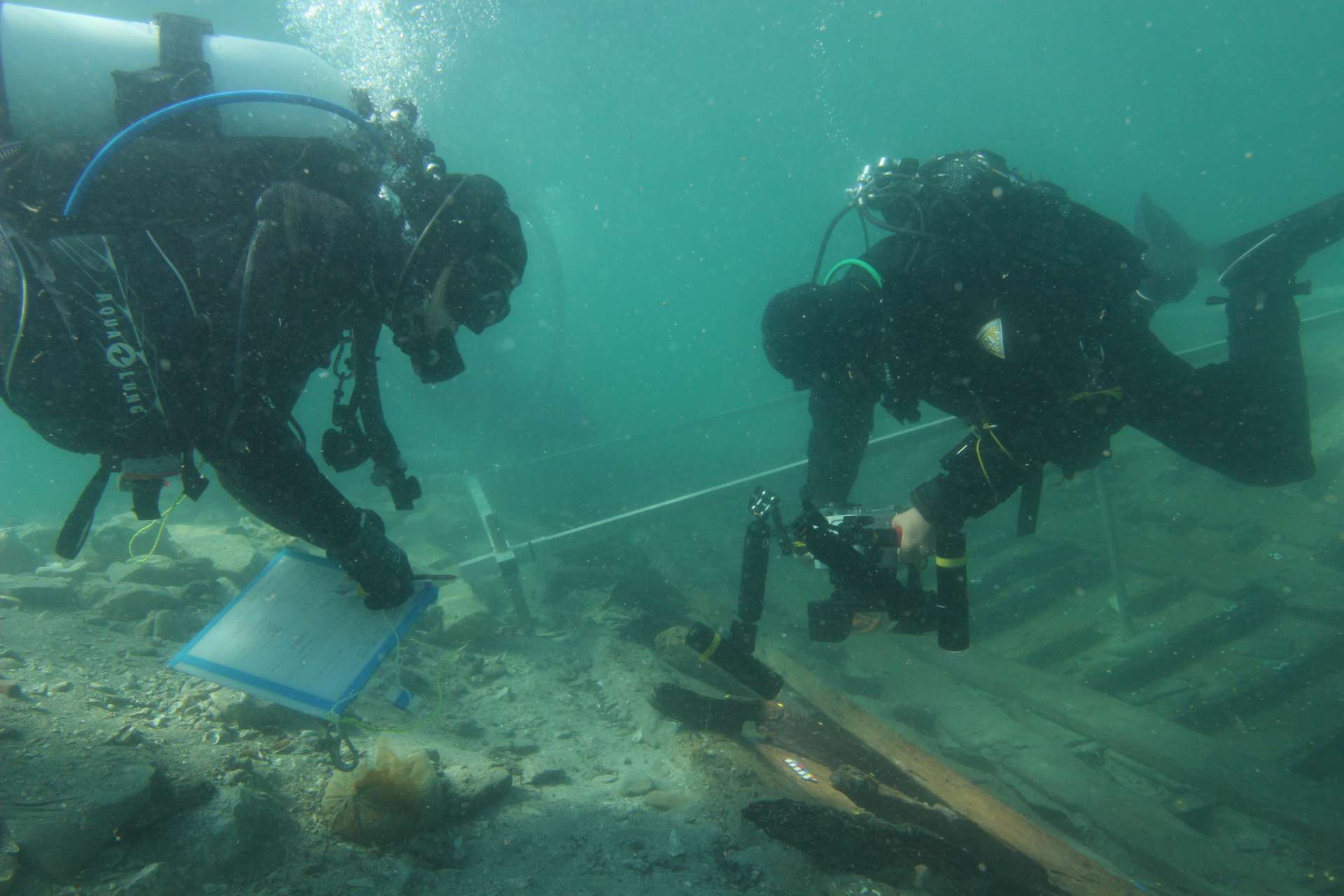
(Photo credit: A. Divić/ International Centre for Underwater Archaeology in Zadar)
Alongside this, the team has been producing detailed photogrammetric models using hundreds of overlapping photographs, ensuring precise digital documentation of the site.
Removing the wreck from the seabed would be prohibitively expensive, so once documentation is complete, the structure is carefully covered with geotextile and reburied with sand – the same natural protection that has preserved it for the past 2,000 years.
The project, supported by Croatia’s Ministry of Culture and Media, has already attracted international attention.
In 2024, the Sukošan shipwreck was featured in National Geographic’s Lost Treasures of Rome and the American PBS series Changing Seas, bringing Croatia’s underwater heritage to a global audience.
This year’s team investigating the remains included not only Croatian experts but also international specialists from Poland’s Nicolaus Copernicus University in Toruń (Mateusz Popek, Marta Piotrowska, Mikolaj Tanski), the Max Planck Institute in Germany (Roman Scholz), Aix-Marseille University in France (Kato Nees), the French company Ipso Facto (Alba Dominguez Ferreira), and Croatian firm NavArchos (Anton Divić).
